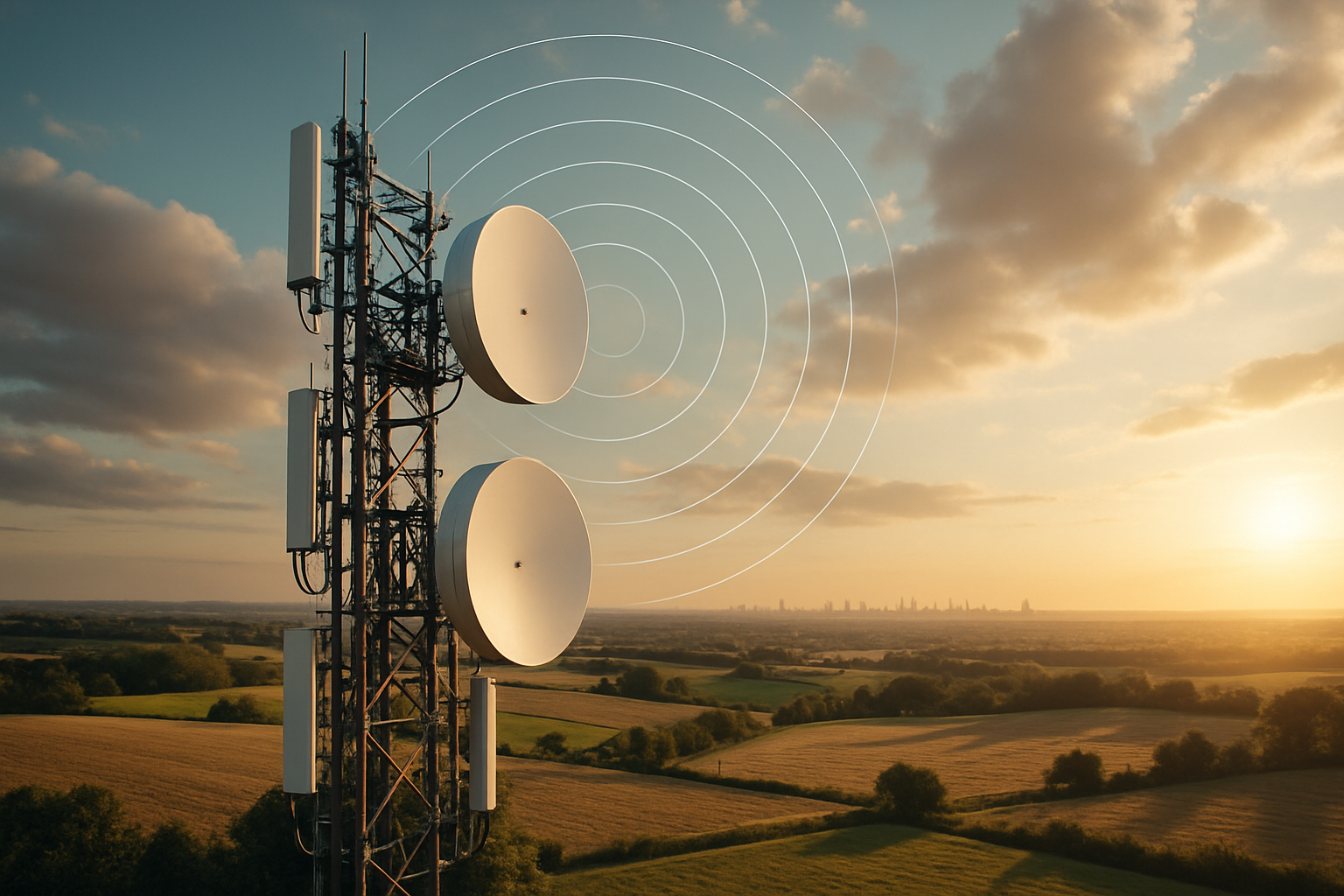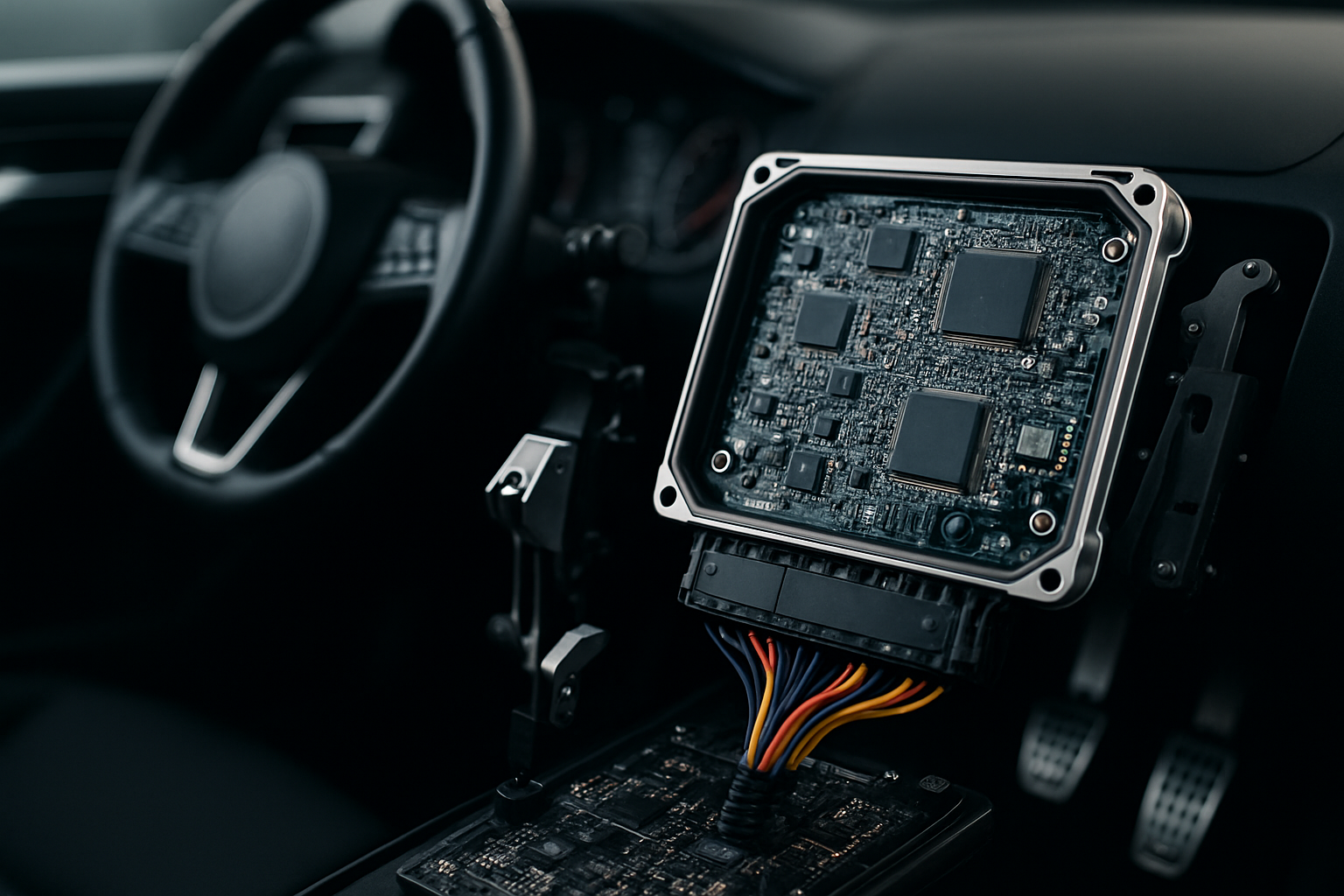Advancing Efficiency and Productivity with Industrial Internet of Things (IIoT)
Introduction: In an era where digital interconnectivity plays a pivotal role, the Industrial Internet of Things (IIoT) emerges as a transformative force in the business and industrial landscape. This article delves into the world of IIoT, exploring its historical context, current trends, and practical applications.

A Brief History of IIoT
The concept of IIoT traces its roots back to the advent of machine-to-machine (M2M) communication. As the internet evolved, so did the capacity for machines to interact, leading to the birth of the Internet of Things (IoT). The application of IoT in industrial settings sparked the emergence of IIoT, which has since become a cornerstone of the fourth industrial revolution.
Current Trends and Practical Applications
Today, IIoT is reshaping industrial operations across sectors. From real-time data analytics to predictive maintenance, IIoT’s applications are myriad and far-reaching. Furthermore, a growing number of industries are adopting IIoT to enhance operational efficiency, reduce costs, and improve product quality.
IIoT: Impact, Benefits, and Challenges
Implementing IIoT is not without its challenges. Security concerns, integration issues, and the need for significant upfront investment are among the hurdles businesses face. However, the benefits of IIoT, such as increased productivity, improved safety, and enhanced decision-making capabilities, outweigh these challenges.
The Way Forward
As more businesses recognize the potential of IIoT, its adoption is set to skyrocket in the coming years. Nonetheless, successful implementation of IIoT requires strategic planning, careful execution, and ongoing management.
Key Insights for Industrial Success
-
Recognize the potential of IIoT: Understand the benefits it can bring to your organization, such as real-time data analytics and predictive maintenance.
-
Address security concerns: With the increase in interconnectivity, security should be a top priority. Implement robust security measures to safeguard your data.
-
Plan for integration: Consider how IIoT will fit into your existing operations. A step-by-step integration strategy can help mitigate disruption.
In conclusion, IIoT presents a transformative opportunity for businesses across industries. While challenges exist, the potential benefits of increased efficiency, productivity, and profitability make IIoT a worthwhile investment. As businesses continue to navigate the digital landscape, those who embrace IIoT stand to gain a significant competitive edge.





